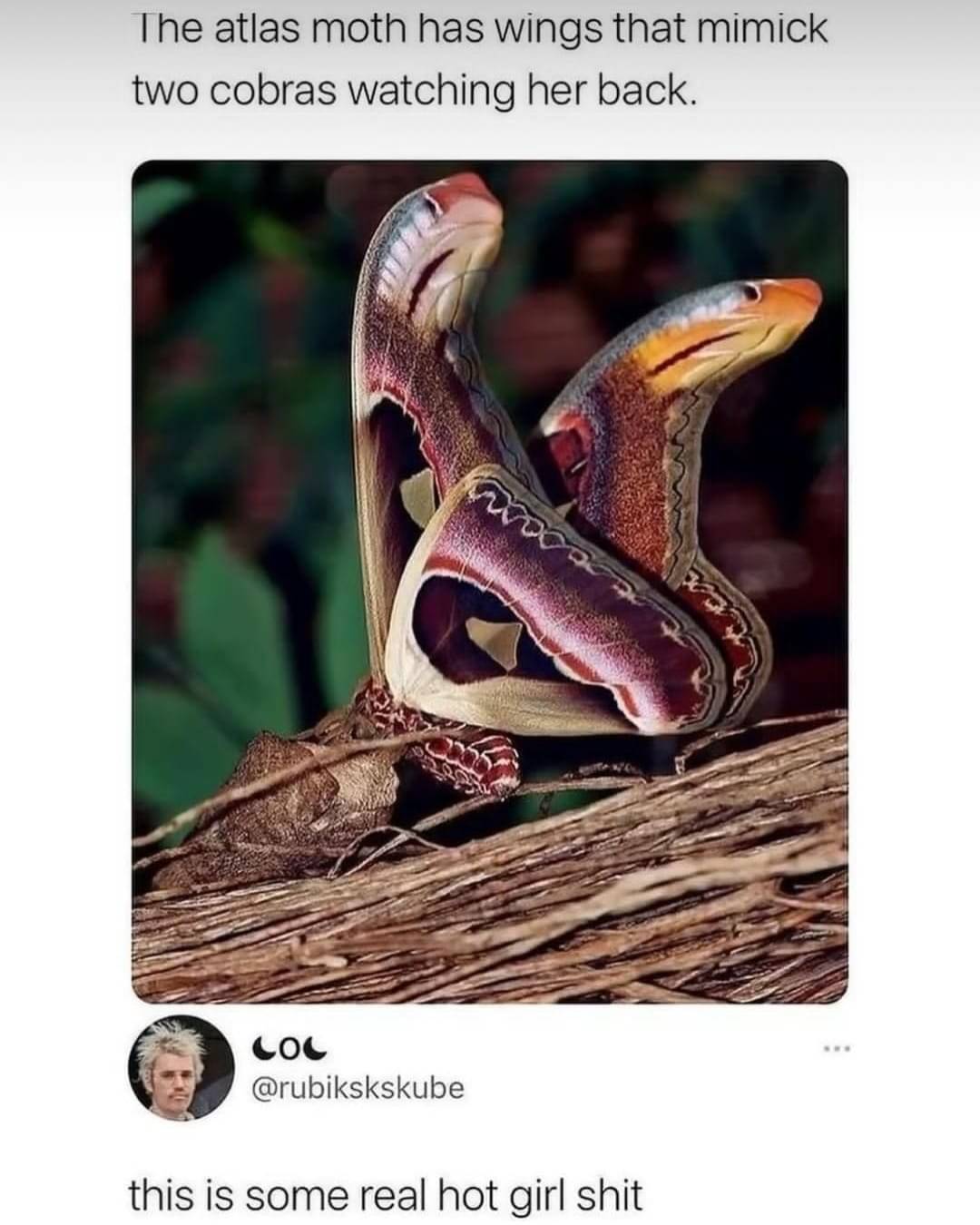this post was submitted on 24 Aug 2024
850 points (98.4% liked)
Science Memes
10322 readers
2365 users here now
Welcome to c/science_memes @ Mander.xyz!
A place for majestic STEMLORD peacocking, as well as memes about the realities of working in a lab.

Rules
- Don't throw mud. Behave like an intellectual and remember the human.
- Keep it rooted (on topic).
- No spam.
- Infographics welcome, get schooled.
Research Committee
Other Mander Communities
Science and Research
Biology and Life Sciences
- [email protected]
- [email protected]
- [email protected]
- [email protected]
- [email protected]
- [email protected]
- [email protected]
- [email protected]
- [email protected]
- [email protected]
- [email protected]
- [email protected]
- [email protected]
- [email protected]
- [email protected]
- [email protected]
- [email protected]
- [email protected]
- [email protected]
- [email protected]
- [email protected]
- [email protected]
- [email protected]
- [email protected]
- !reptiles and [email protected]
Physical Sciences
- [email protected]
- [email protected]
- [email protected]
- [email protected]
- [email protected]
- [email protected]
- [email protected]
- [email protected]
- [email protected]
Humanities and Social Sciences
Practical and Applied Sciences
- !exercise-and [email protected]
- [email protected]
- !self [email protected]
- [email protected]
- [email protected]
- [email protected]
Memes
Miscellaneous
founded 2 years ago
MODERATORS
you are viewing a single comment's thread
view the rest of the comments
view the rest of the comments

The crazy thing about this is not just how evolution reverse-engineered what a snake looks like to a bird (or whatever preys on this moth), but also that some birds are born with an image burned into their brains labeled “avoid.” Snakes are such a problem to animals that may also prey on this moth, that a moth was able, over millions of years of evolution, to mimic that image through selective pressure. We’re not seeing here a moth mimicking a snake, we are seeing a moth’s wings resembling the image its prey holds in its brain of what it should identify as its own predator. An image that, itself, is held genetically and passed down from animal to animal, built by its own selective pressure. It’s amazing that this could produce such a clear image that’s immediately recognizable to us.
Or to boil it down:the ones who's wings looked more like snakes had more babies cuz they're weren't dead.
The ones whos wings looked like what their predators think a snake looks like survived more often.
I'm not their predator and I think a snake looks like that too. I therefore think the image is pretty acurate.
That means we see snakes similarly to the way their predators do.
From a different perspective, the bee mimic orchid only vaguely looks like a bee to us, but it still successfuly tricks bees, so image accuracy isn't the only factor. Both mimics can give us interesting insughts into how other animals see the world.
Yeah, I'll add another example where it doesn't work on us people, just for the fun of it. Tigers are quite strikingly orange and one wonders how they can hide in the greenery without being immediatelly spotted by their prey. But their prey sees the orange colour differently, for them, tigers blend with their surroundings perfectly!
I mean don't we also sort of carry that same image (obviously not exactly, but sorta) in our genes?
My dog will jump when I accidentally step on stick so that it suddenly moves, he has never seen a real snake. Non moving sticks that look like a snake? Doesnt react at all, I guess that routine was causing too many false positives and has not been propagated